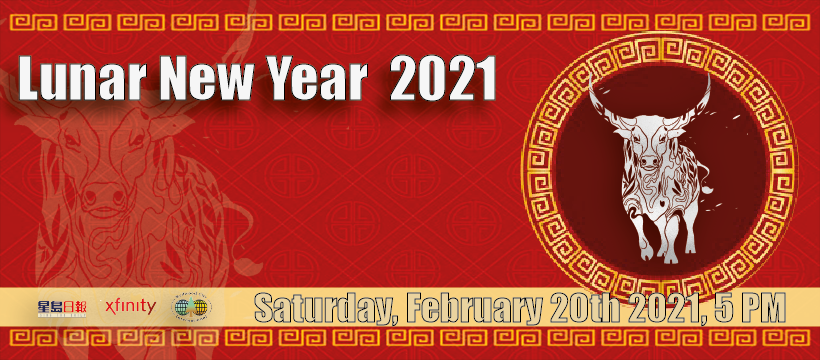Pamela Cruz. Pen sula 360 Press [P360P]

It is better to bend the body than to bend the will. Chinese proverb.
Hundreds of years ago, there between candles and incense, the
Pamela Cruz. Pen sula 360 Press [P360P]

It is better to bend the body than to bend the will. Chinese proverb.
Hundreds of years ago, there between candles and incense, the